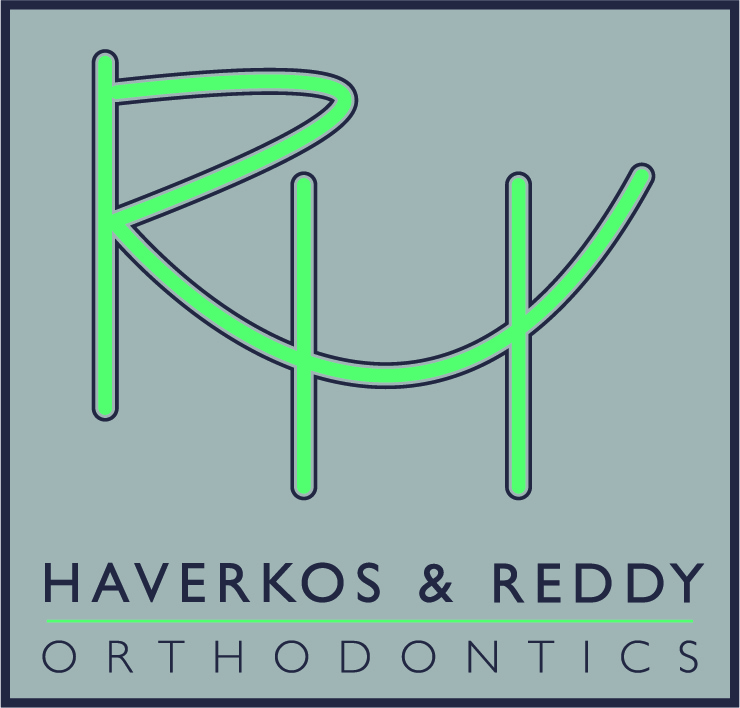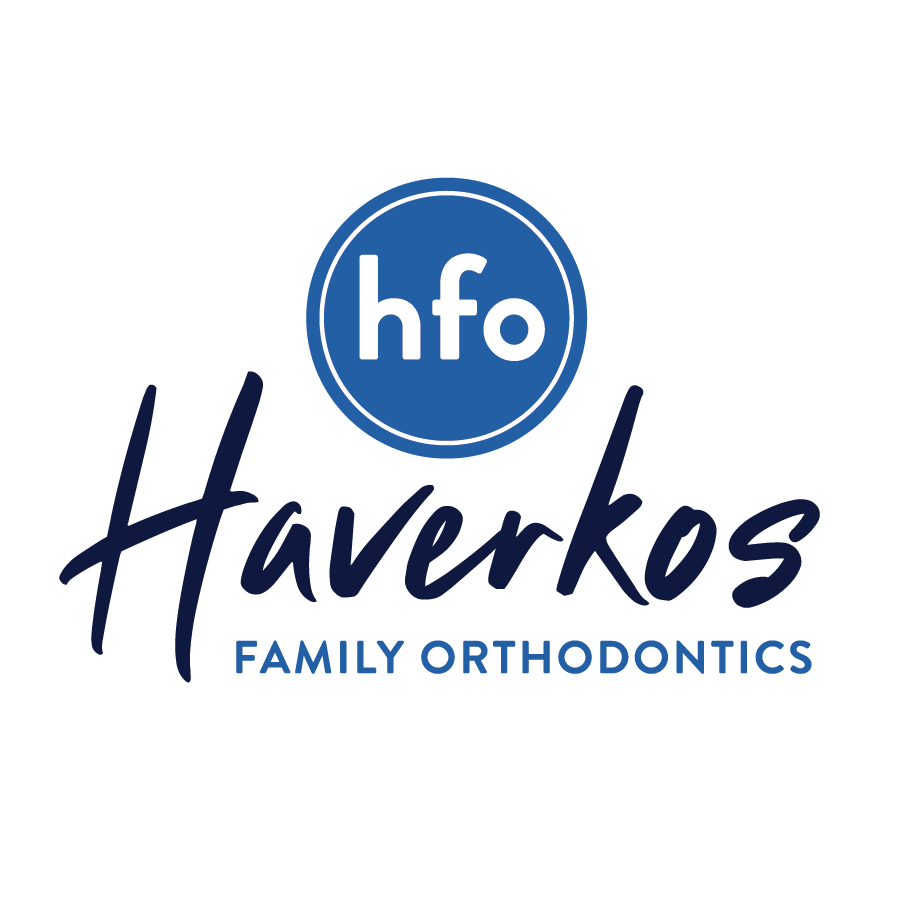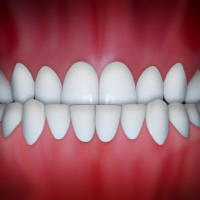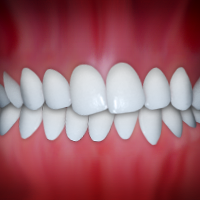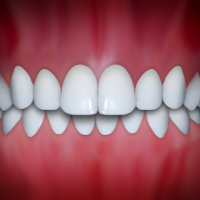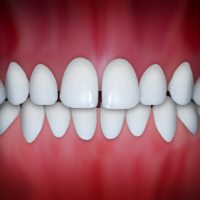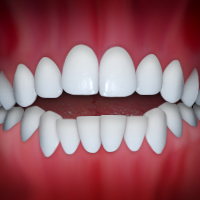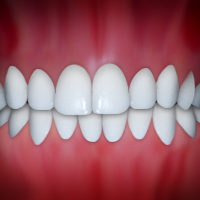3D printing technology has exploded in popularity in the last 5-10 years. There are many different types of printers ranging in cost from 100s of thousands of dollars to as inexpensive as a few hundred dollars. The lower cost allows individual practitioners to incorporate the benefits of in-house 3D printing more easily and cost-effectively. The increase of the technology allows for orthodontists to move from an analog (goopy impressions and stone) to fully digital.
In the past, orthodontists would take an alginate impression, the goopy impressions that made everyone panic and potentially gag. The alginate impression would then be sanitized and a watery stone mixture would be poured into the impression and allow it to harden. This would create a replica that could be used to fabricate appliances or retainers. Technology is tried and true and has been around for decades. However, it is not a convenient or comfortable patient experience.
The scanning technology has developed well enough where a series of small cameras can take a video or a series of photos and develop a topography or 3D dimensional rendering of the surface of the object. This 3D digital picture can be used in many ways. It can be used to show a potential smile outcome for a patient. It can also be segmented into a series of objects, or teeth, which can be moved incrementally. Each tooth movement can be captured in a copied digital file. The updated 3D objects that are digitally created can be printed due to the development of 3D printing technology.
3D printers that are most commonly used in orthodontics use a screen, a bath of resin, and a build plate the moves up and down. The 3D object is split into digital layers, like layers of a cake. Software can manipulate the layers to allow for optimal levels to work for the resin material and the printer capabilities. Each layer is shown on the screen of the printer and a UV light is precisely applied to the screen to draw out that layer. The resin touching the screen where the UV is activated, will cure or harden. The hardened resin sticks to the build plate forming a replica of the digital layer. Each layer is subsequently formed and hardened ultimately yielding the final 3D object. This technology allows for a digital replica to turn into a physical replica made out of resin. When a resin replica is developed, all the current lab methods for fabricating metal appliances and aligners can be utilized. However, it is much more comfortable and easier to work with. Also, if for some reason the resin model breaks, you can print another one, whereas before, if the stone model broke, you had to call the patient to come back in to take another uncomfortable goopy impression. As a result, it is much more comfortable and convenient for the patient and the doctor.
My office mainly uses 3D printing to fabricate the resin models that can then be used to make retainers for my patients. We also use it to make certain metal appliances and in-house clear aligners. We treat some limited orthodontic cases this way and are able to control the quality and process for the entire patient case.
The digital age is an amazing time to be treating orthodontic patients. However, a resin model that is fabricated is still created as an intermediary means. Eventually, software and resin will be so precise and biocompatible that a scan can be taken and an appliance can be fabricated. We aren’t quite there yet, but that would skip several steps and make turn around times for appliances even faster for patients eager to get started with their smile journey. I am excited to learn about future digital technology and how it will enable my practice to treat more patients more efficiently without sacrificing the quality of the end of result.
Dr. Stephen Haverkos DMD MSD
Board Certified Orthodontist
Nintendo Mariokart Dad Champion
Jeep Enthusiast
